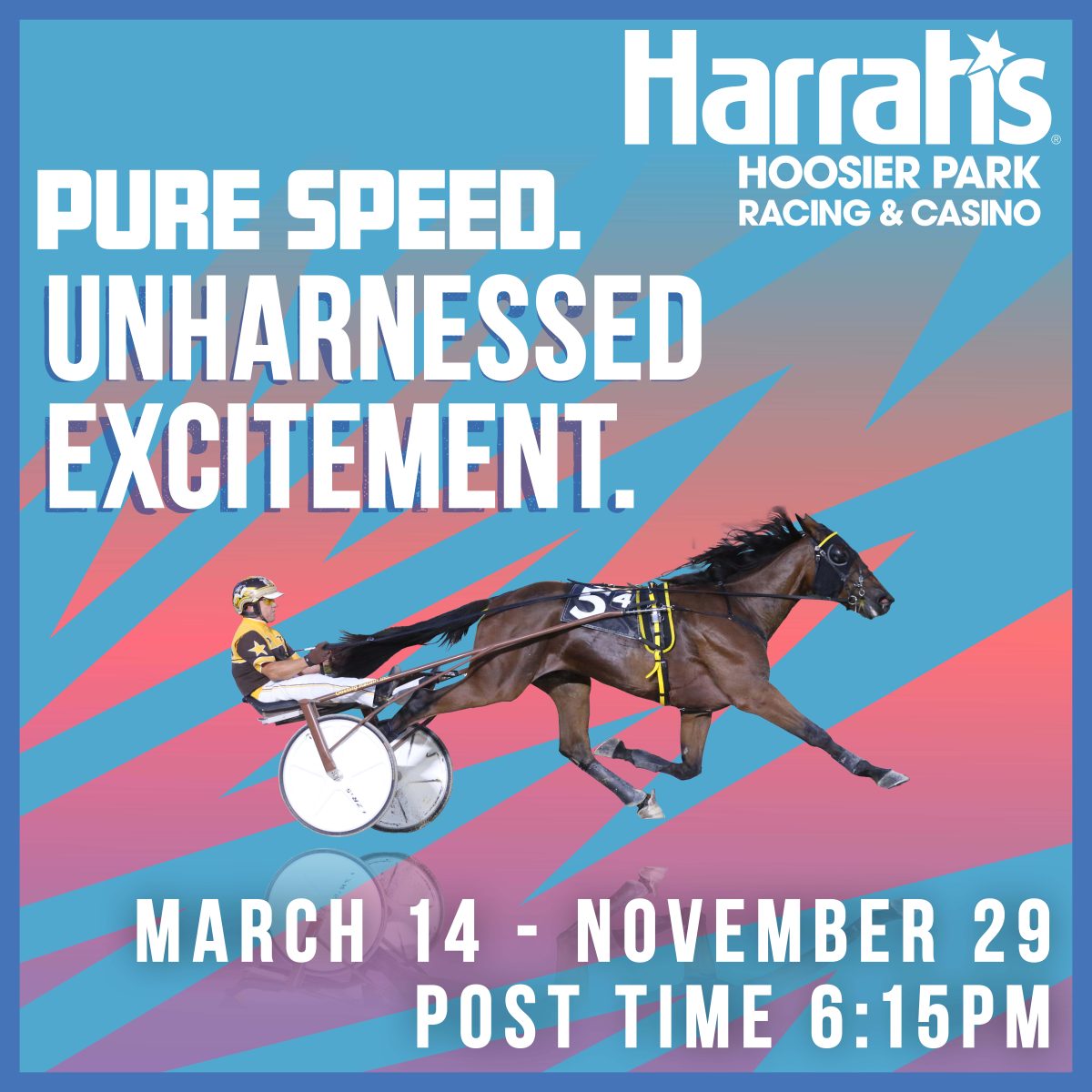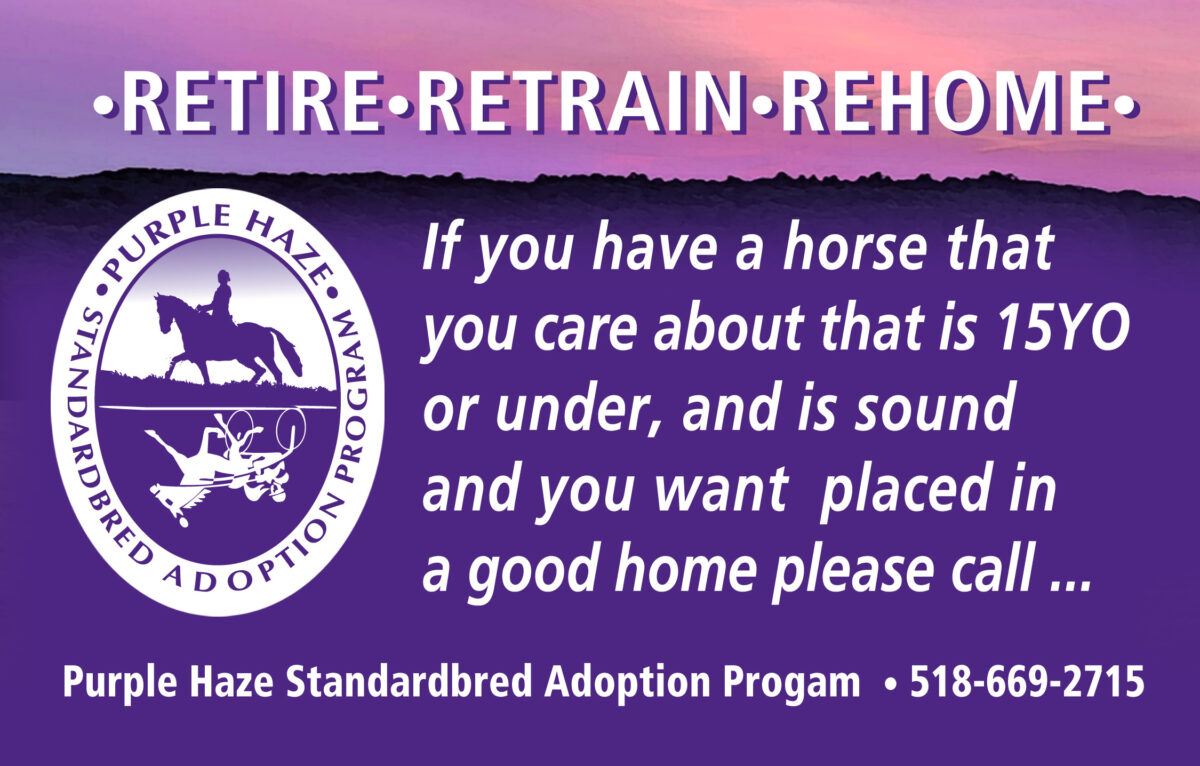The top two over/under trio
Let’s drum up some excitement with a revolutionary new wager.
by Trey Nosrac
Traditional pari-mutuel wagering feels like an AM radio station that features Polka music. Our attention spans and reading habits have drastically changed in the past few decades. The entertainment value of a trotting horse race is less than breathtaking for most mortals, and future generations will not spend time reading and handicapping a harness race program.
So, let’s consider methods of changing the accordion music on our AM station to alt-rock live streaming. Why not change the channel and try to generate direct cash flow to our purses with a revolutionary new wager?
We start the wager by offering a free program that resembles our traditional program with all the data and even more. However, there are two simple adjustments to the program for this wager. The program only has three races of eight horses. Visible on each page of the mini-program is a large box with the number 23. The number 23 is the HOUSE NUMBER for this set. The house number may vary slightly based on algorithms crunching the data for these three races (post positions, field strength, etc.).
Why is the house number posted, and why should anyone care?
As a gambler, your only wager is under or over the house number.
In each of the three races listed in the mini-program, there will be a first-place and a second-place finisher. Let us imagine that in the first race, the top two places at the finish line are the #6 and the #3 horses (the order does not matter; it could be 3 and 6). The important thing for your wager is that when you add the top two numbers together, you have a running total of 9.
The second race goes off, and the top two finishers are the #1 and #7 (or 7 and 1). When you add these numbers together, you will have 8. Now, you add 8 to your running total of 9 from the first race, making your running total 17.
The third race goes off, and the top two finishers are the #2 and #3 (or 3 and 2). When you add these numbers together, your total is 5. Now, you add 5 to your running total 17 from the first two races, making your final running total 22.
This wager uses the total number of the top two finishers in three races to determine the final number. The lowest possible total is 9. The highest possible total is 45. The house number for this set of races is 23.
In the above example, you lose if you wagered OVER (24 and higher). You cannot wager 23 (The House number). If you wagered UNDER (22 or lower), you win and will approximately double the amount you initially wagered. All players will have three engaging races and have a reason to pay attention to all three races.
The HOUSE only gets paid when the house number is correct. For example, in this trio of races, if the finishes total 23, say 6/4 (10), 2/7 (9), and 1/3 (4), the house takes all money wagered into the pool. When the house gets paid, all the money in the wagering pool goes to operating expenses and purses.
A wager such as this would be a hybrid-parimutuel play because a skillful handicapper will undoubtedly use his talents to select an over or under number. On the other hand, this gamble is playable by gamblers who do not know a soccer ball from a salami sandwich.
It’s a simple wager.
The wager retains a handicapper advantage and will encourage a transition from just-for-fun players.
The trio of races would last about an hour, retain interest, and build drama.
Late scratches favor UNDER players.
The wager offers a significant amount of interest for the hour invested.
The wager eliminates $2.20 win tickets.
You bet $10, watch three races, and have a good chance to double your money.
This wager is an ADD-ON and can co-exist with traditional wagering platforms.
The profit from this wager could be earmarked directly for the racetrack. The house money should be in a separate account or from a separate terminal to help us stand on our own four hooves.
Would you play The Top Two Over/Under Trio?
















